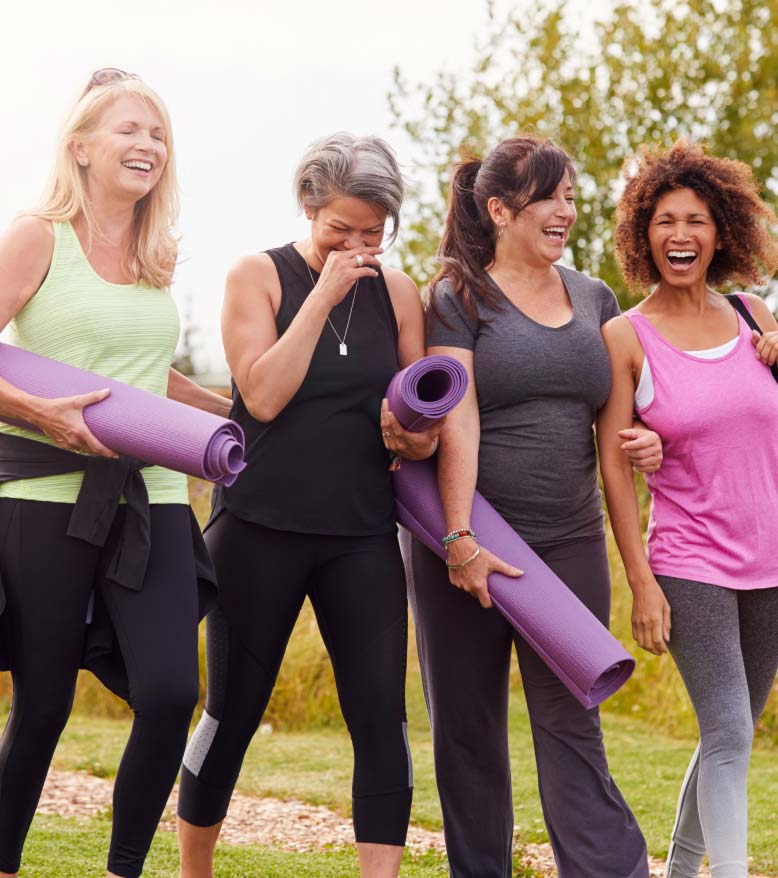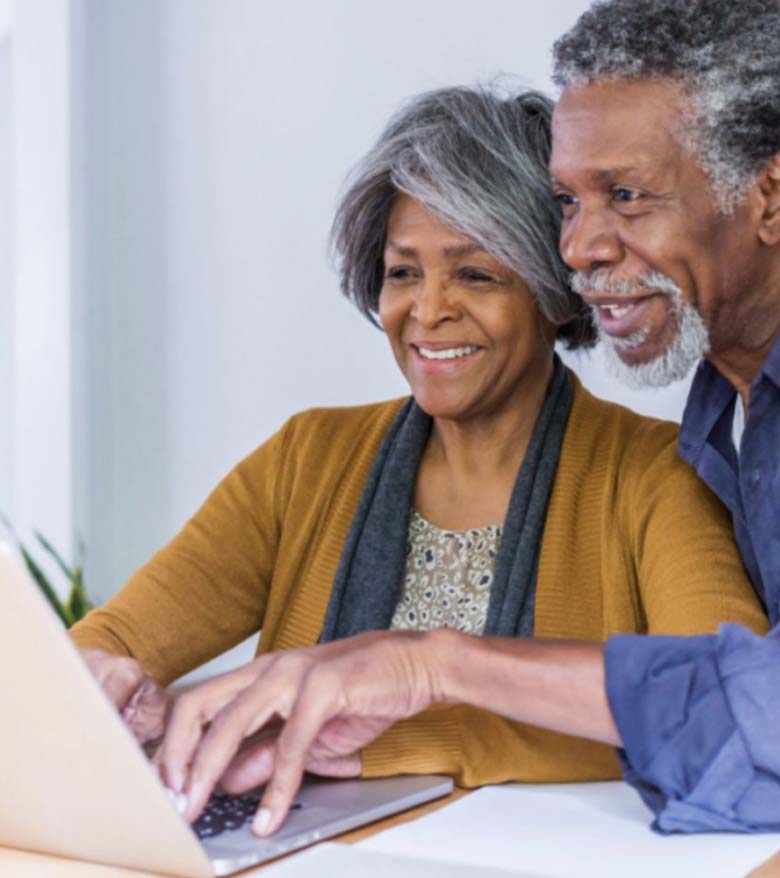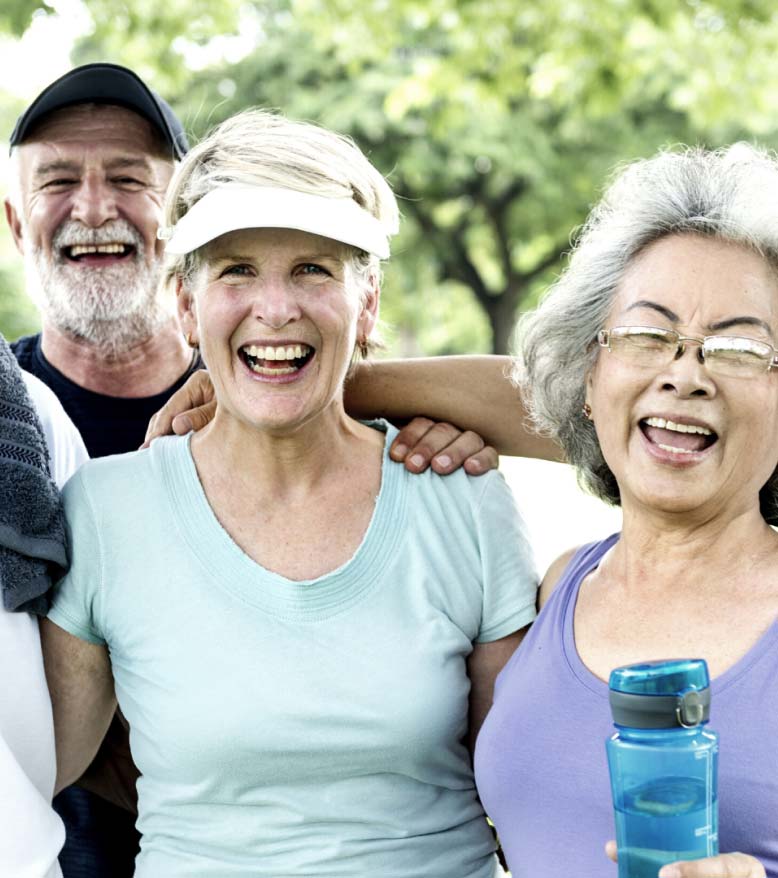Silent Fight: Are You Equipped To Combat Osteoporosis?

Silent Fight: Are You Equipped To Combat Osteoporosis?
December 4, 2024
You’ve likely heard of osteoporosis and perhaps even know friends or loved ones who suffer from it. But do you know whether you yourself have osteoporosis or its precursor, osteopenia? Like many diseases, you may not know you have it until you experience a problem, such as pain from a fracture or broken bone, which may signal that the condition has already progressed and you may be at significant risk for serious injury. Yet you may be completely unaware that your bones have lost density and elasticity and are brittle and susceptible to breakage. It’s considered a “silent” disease, as you often experience no early warning symptoms. But there’s nothing quiet about its prevalence, especially among older women. Currently, about 10 million Americans have osteoporosis, and an additional 44 million adults have low bone density which may turn into osteoporosis. It’s estimated that ½ of all women, and up to 25% of men, will break a bone due to osteoporosis sometime in their adult lives. Women who have gone through menopause are especially at risk, as loss of estrogen can lead to loss of bone density. It’s been said that a woman in her 50s, perhaps going through menopause, has about a 14% chance of having osteoporosis but by the time she reaches age 80, her chances skyrocket to 70%. And the numbers are expected to climb, especially as the population ages. Experts expect the number of adults with osteoporosis or low bone density to increase by 30% by 2023.
What beyond menopause puts you at risk for osteoporosis? Many factors can heighten your risk, ranging from a genetic predisposition to calcium and vitamin D deficiencies to smoking or alcohol use to a lack of physical activity. Slightly built Caucasian women, and Asian women, also have heightened risk, and many medications can raise your risk, including long-term corticosteroid use, diuretics, blood thinners, and proton pump inhibitors. In fact, a brand new study warns about the osteoporosis risk from one of the most commonly prescribed medications for older adults. According to a study recently presented at the Radiological Society of North America conference, levothyroxine (commonly known by the brand name Synthroid or Levoxyl), used to treat hypothyroidism (which is frequently diagnosed in older adults), has been found to lead to bone loss, even when used at the appropriate dosage. It’s been recommended that anyone taking levothyroxine consult with their physician to determine their thyroid function and discuss this potential risk of bone loss. For more on this study and its implications, click here and here. There is also increasing data that demonstrates exposure to certain air pollutants, metals, and forever chemicals can also raise your risk for osteoporosis.
How are you diagnosed with osteoporosis? The most common diagnostic tool is the DXA Scan, similar to an X-ray, which can measure the strength and mineral content of your bones. However, there are newer technologies, including the REMS scanner which uses ultrasound and radio waves and which may have some advantages over the more typical DXA scan. If you’ve been lucky enough so far to avoid an osteo diagnosis, what can you do to keep your bones robust and lessen the potential risk of osteoporosis? Perhaps the easiest and most important thing you can do is eat for stronger bones, including foods that contain calcium and vitamin D, along with ensuring your protein intake is adequate. The other essential activity to lower your risk or help compensate if osteoporosis is diagnosed is exercise, especially weight-bearing exercises. Strength training will directly strengthen bones, and stronger muscles will put more pressure on bones, leading them to become more resilient. For some examples of exercise strategies to combat osteoporosis, stand up tall and look here and here.
Once diagnosed, you will never be able to fully recover the bone density you had earlier in life but there is much you can do to stop or slow down the process of bone loss and even rebuild bone. There are also various medications on the market that you can discuss with your physician to determine what’s best for your osteoporosis, and some even prescribe forms of estrogen for older women as a way to combat the bone density loss that comes after menopause. The bottom line is that osteoporosis, while not an inevitable fact of aging, is common, especially among older women, and we now have much in our arsenal to arrest or even reverse the most damaging aspects of the condition, so that you can benefit from a long (and fracture free) quality of life in your later years.







